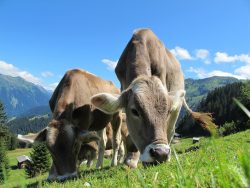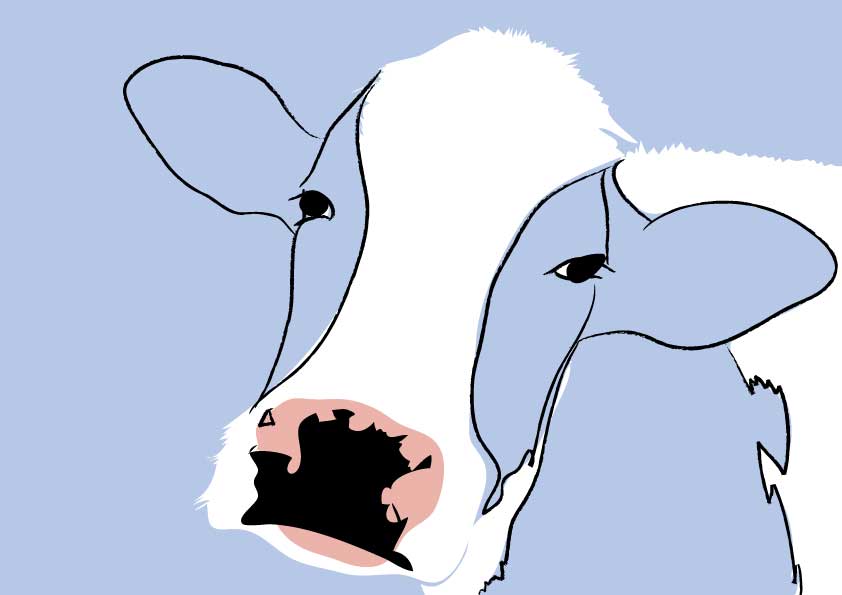How Does Your ‘Organic’ Milk Stack Up?
When one thinks of an organic dairy farm, bucolic images of cows grazing across grass-covered hills may come to mind, but is this accurate? Consumers pay significantly more for USDA Organic milk, but a recent expose in the Washington Post casts doubt on whether organic milk is really “organic” at all. Are consumers getting ripped off?
Post reporters visited Aurora Organic Dairy, a company that “produces enough milk to supply the house brands of Walmart, Costco and other major retailers.” What they found is dismaying to consumers of organic milk:
With milk, the critical issue is grazing. Organic dairies are required to allow the cows to graze daily throughout the growing season — that is, the cows are supposed to be grass-fed, not confined to barns and feedlots. This method is considered more natural and alters the constituents of the cows’ milk in ways consumers deem beneficial.But during visits by The Washington Post to Aurora’s High Plains complex across eight days last year, signs of grazing were sparse, at best. Aurora said its animals were out on pasture day and night, but during most Post visits the number of cows seen on pasture numbered only in the hundreds. At no point was any more than 10 percent of the herd out.
Widget not in any sidebars
Grass-feeding and grazing are key components that set apart an organically certified dairy cow from their conventional counterpoints. However, Virginia Tech tested milk from Aurora and found that milk from conventional cows had the same or similar ‘grass-feeding properties’ as milk from this dairy.
Fix your vision naturally without glasses (Ad)
One potential problem: the USDA allows farmers to hire and pay their own inspectors to certify them as “USDA Organic.” In the case of Aurora, the inspectors making annual audits were visiting t he dairy complex in November, which is the off-season for grazing.
he dairy complex in November, which is the off-season for grazing.
You can read the full Washington Post article here.
Consumers of organic products make a conscious effort to pay more for products that aligns with their values. Whether it’s because they deem the product tastier, healthier, more humane, or more sustainable, that product should be produced in a way that truly aligns with the certification standards.
While it is ideal to ask questions of producers and get to know those that are key players in bringing food to your plate, sometimes that isn’t always an option, and consumers need to rely on labels to help identify which products align with their beliefs, ideally. Fair Farms is a strong advocate for accurate food and labeling transparency. This goes back to a point we’ve discussed before: organic should stand for something. A fair food system enables consumers to know how our food was actually produced, learn more about the farms that produce it, and make informed choices about the food we buy.
Photo credit: Trucknroll via VisualHunt / CC BY-SA
Reprinted with permission of Fair Farms. © Copyright 2017 Fair Farms.
Also see: MSM And The Dairy Industry Attack Clean Eating As Dangerous


